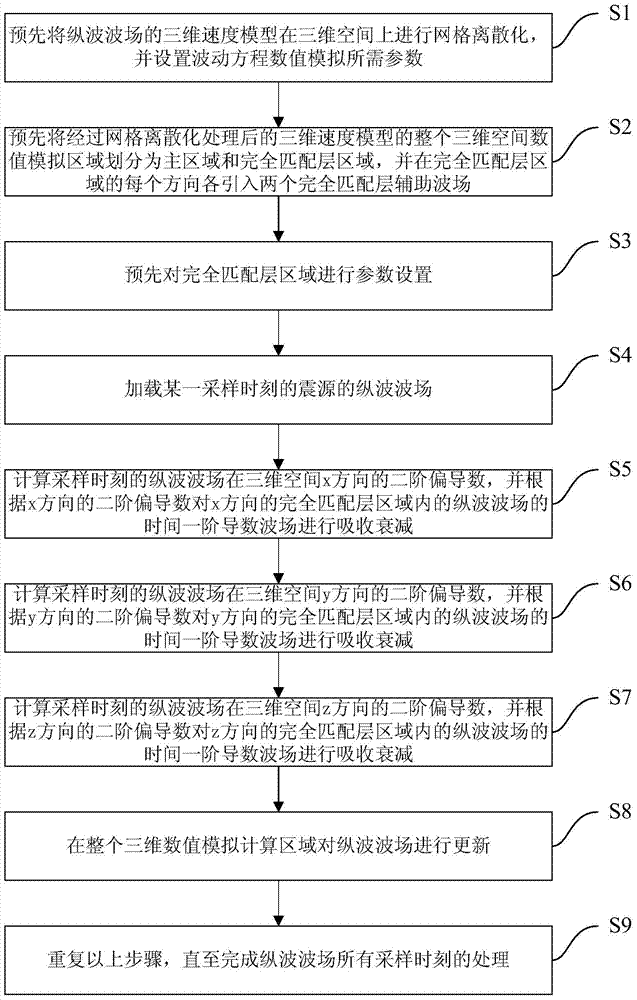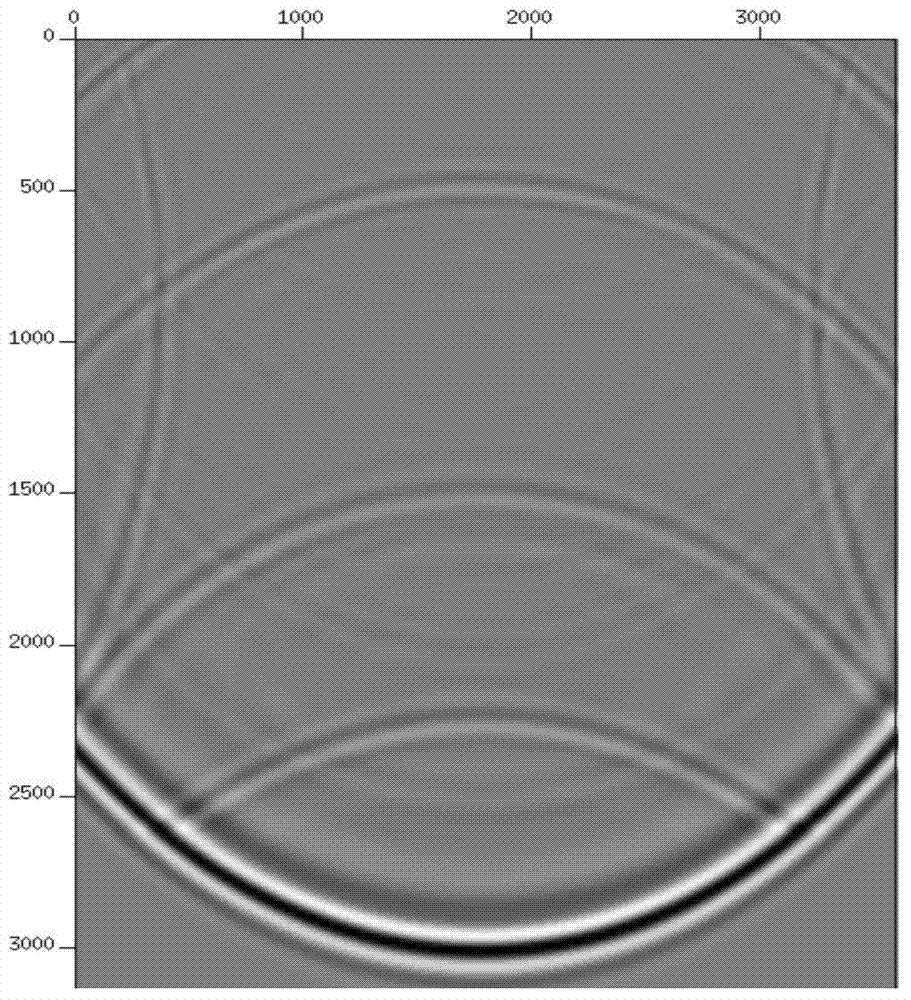PML boundary condition absorbing method based on second-order partial differential wave equation
A second-order partial differential and wave equation technology, applied in seismic signal processing and other directions, can solve problems such as inability to deal with incident angle reflection problems and complex implementation.
- Summary
- Abstract
- Description
- Claims
- Application Information
AI Technical Summary
Problems solved by technology
Method used
Image
Examples
Embodiment Construction
[0076] In order to make the object, technical solution and advantages of the present invention clearer, the present invention will be further described in detail below in conjunction with the embodiments and accompanying drawings. Here, the exemplary embodiments and descriptions of the present invention are used to explain the present invention, but not to limit the present invention.
[0077] The specific embodiment of the present invention will be further described in detail below in conjunction with the accompanying drawings.
[0078] see figure 1 As shown, the method of the PML absorbing boundary condition based on the second-order partial differential wave equation of the embodiment of the present invention comprises the following steps:
[0079] Step S1, discretize the three-dimensional velocity model of the longitudinal wave field in three-dimensional space in advance, and set the parameters required for the numerical simulation of the wave equation. The required para...
PUM
 Login to View More
Login to View More Abstract
Description
Claims
Application Information
 Login to View More
Login to View More - R&D
- Intellectual Property
- Life Sciences
- Materials
- Tech Scout
- Unparalleled Data Quality
- Higher Quality Content
- 60% Fewer Hallucinations
Browse by: Latest US Patents, China's latest patents, Technical Efficacy Thesaurus, Application Domain, Technology Topic, Popular Technical Reports.
© 2025 PatSnap. All rights reserved.Legal|Privacy policy|Modern Slavery Act Transparency Statement|Sitemap|About US| Contact US: help@patsnap.com



